ProView – Rab’s Microlight Alpine Jacket and Neutrino Pro Jacket
I got my first down jacket in 1994, and as an east coast ice climber immediately dismissed it as useless. Any sort of precipitation rendered it a clumpy, soggy mess; worse than nothing. The synthetic revolution was happening, and sacrificing a little weight and a little warmth for “warm when wet” seemed like a no brainer. Luckily, materials have changed in the last few years, and such sacrifices aren’t as necessary. For this review, I tested both Rab’s Microlight Alpine Jacket, as well as Rab’s Neutrino Pro Jacket.
Jacket One: Microlight Alpine Jacket
Rab’s Microlight Alpine jacket is squarely in the middle of the vast pantheon of premium down coats currently available. It isn’t the lightest. It isn’t the heaviest. It features 750 fill power (out of 900 or so), Nik-wax water-resistant treated down. No membrane means it isn’t “waterproof”, but a relatively thick and chemically treated water-resistant shell mitigates this. The same thicker, 30-denier Pertex shell fabric means that you can don’t need to be particularly careful with this puffy, a great feature for the professional user. You can beat it up. Stuff it into your pack near sharp stuff, and you don’t have an explosion of ethically-sourced down to deal with. While I wouldn’t do a whole Steck-Salathe in this coat, I think a couple pitches of icy chimneys like on Birdbrain Boulevard wouldn’t faze it. There’s a great deal of utility in the extra couple of ounces this jacket weighs over the “light and fast and fragile” pieces, and I think that makes this perhaps a better value over the long run.
Rab Microlight Alpine
-
Features
(4)
-
Fit
(4)
-
Durability
(5)
-
Warmth
(5)
Summary
I’d give the Microlight Alpine a solid 4.5 out of 5 stars. It’s a solid performer in most respects, and you really can’t go wrong with it for a normal workaday coat.
Overall
4.5Pros
- Athletic Fit
- Warm for weight
- Easy to pack
Cons
- Sizing can be difficult
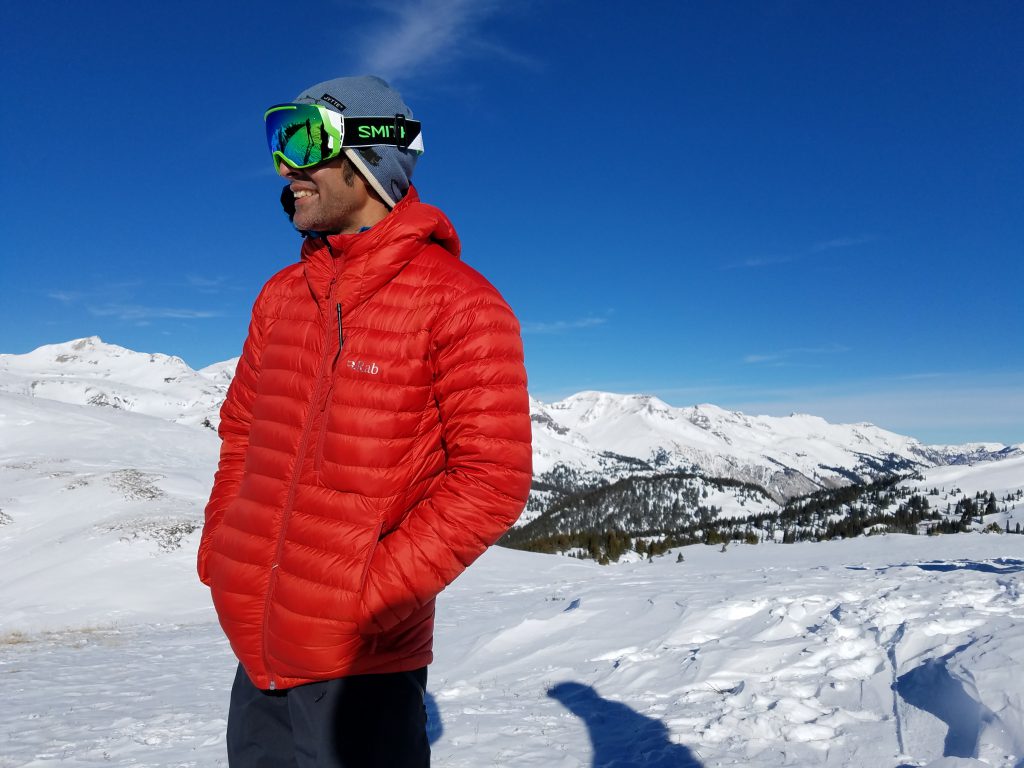
Features
This coat does have some downsides (get it, down sides), mostly in design features. The hood isn’t quite big enough to fit over a ski helmet, although a modern climbing helmet will be mostly covered. The hood also has a very basic adjustment system, including a hook-and-loop tab that works rather poorly. The cuffs are very basic elastic, which neither seal out weather nor fit under gauntlet-style gloves very well. There are three zippered pockets; hand-warmers and left chest, but no drop-ins on the interior. I feel this lack of features is conducive to a stripped-down, no-nonsense insulating jacket, but the Microlight isn’t one: 16 oz for a medium (my measurement). I think this is one place where the middle path wasn’t followed, a few extra features at a minimal weight cost would add a lot of livability to an everyday work jacket.
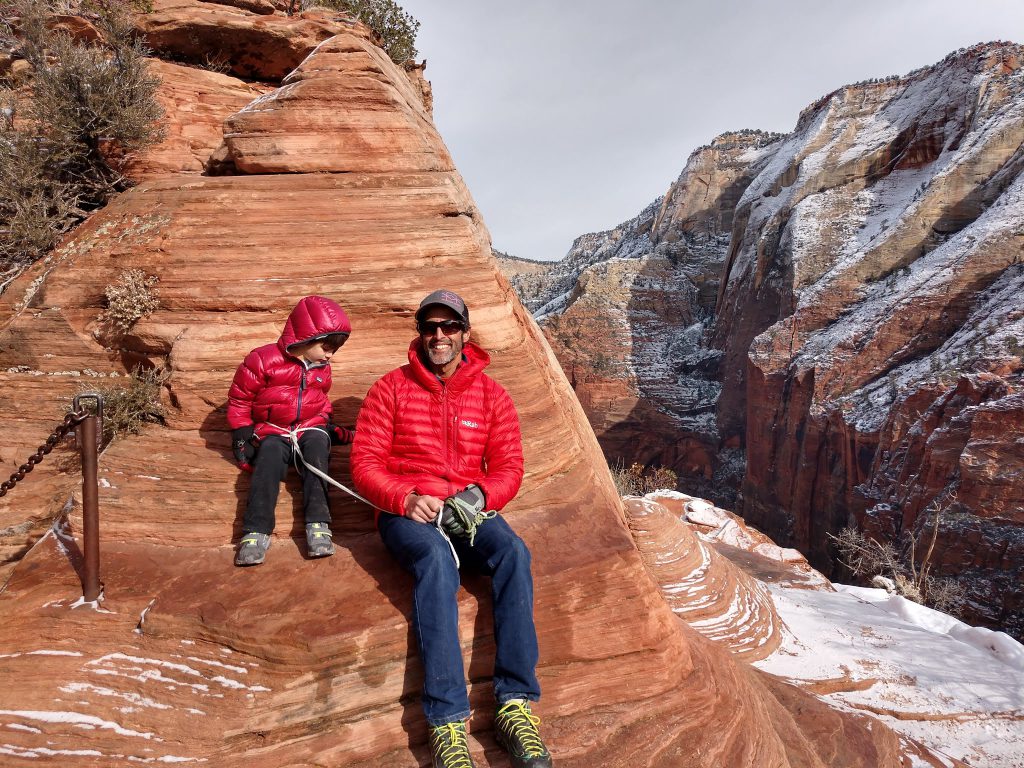
Fit
And the versatility and durability of this piece speak to its place as an “everyday” piece. I also very much appreciate the fit. I’m perpetually between a Small and Medium, with smalls being tight across the shoulder and short in the arm, and mediums having way too much extra fabric in the torso. At around 5’8” and 130lbs the Rab medium fits absolutely perfectly. A nice relaxed fit, long enough to not ride up, no constriction of movement, but still svelte enough to fit under a hard shell for those days when “water-resistant” fabric and down isn’t going to cut it. You can definitely wear this one to the bar without looking all euro/rando-racer. Lots of reasonable color choices help this feature. I would expect to get several years of regular wear out of this jacket.
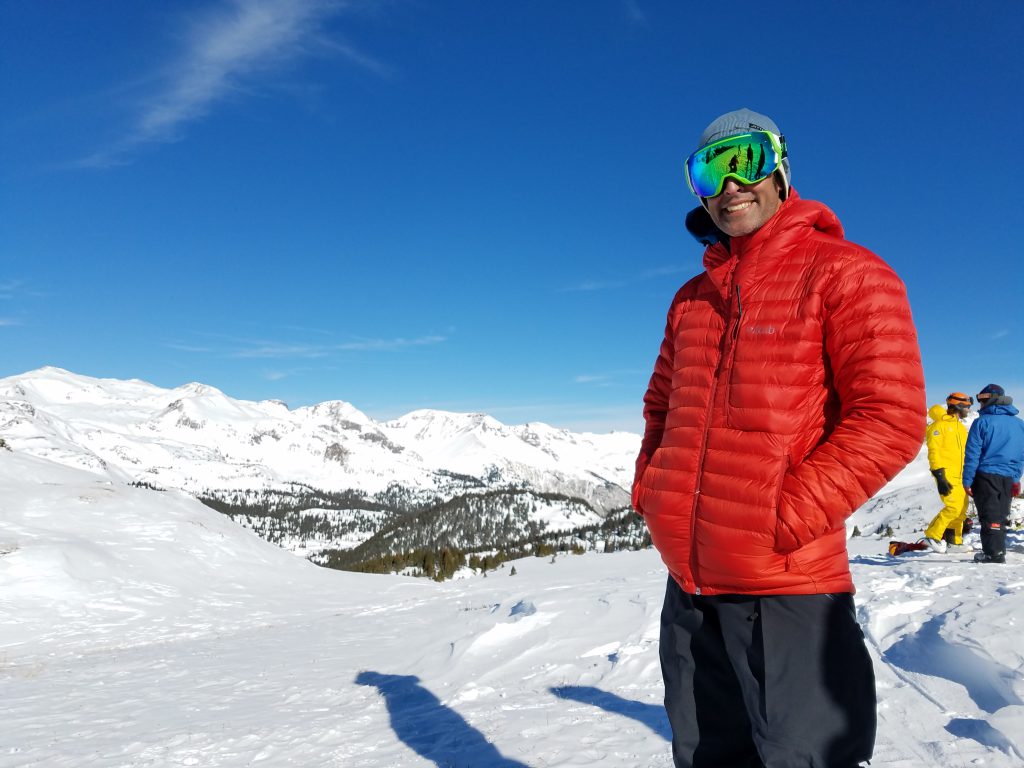
Use & Maintenance
I used this jacket heavily for a couple months; guide trainings, avalanche courses, ski guiding and ice climbing. I’m pretty indifferent to gear maintenance and appreciated how little I needed to care about this coat. Leave it wet in the pack in the car overnight? No prob, it’s dry and ready to go in the AM. I think for most temps in the continental and inter-mountain US, it’s wind and water resistant enough to think about forgoing a hard shell, and it’s durable enough to last for a few seasons of abuse. All this comes at a weight and feature cost, but I think that cost is very reasonable for such a versatile piece. A valuable plus is the down is RDS (Responsible Down Standard) certified, and Rab has a company policy insisting on fair and living wages for workers in Rab’s supply chain. These efforts are important and necessary, and it’s worth looking for them in companies.
The Final Word
I’d give the Microlight Alpine a solid 4.5 out of 5 stars. It’s a solid performer in most respects, and you really can’t go wrong with it for a normal workaday coat.
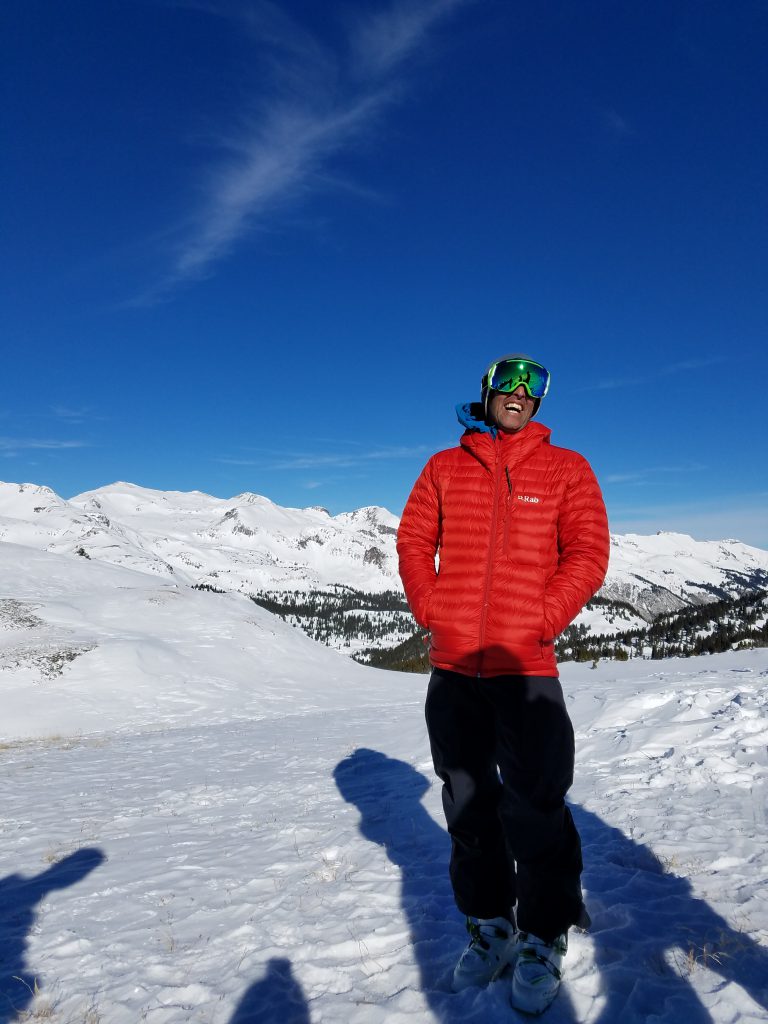
Jacket Two: Rab Neutrino Pro
The great Joe Josephson, who wrote “Winter Dance: Select Ice Climbs in Southern Montana & Northern Wyoming” and “Waterfall Ice: Climbs in the Canadian Rockies”, was maybe the first person to describe “the negator jacket”. The negator is the jacket you put on over everything you’re wearing that immediately forms its own climate around you, negating the effects of temperature, wind, and precipitation. The Rab Neutrino Endurance is a pretty great example of a negator. The Neutrino is a lightweight down-filled mountain jacket that will take you from basecamp to the summit and back.
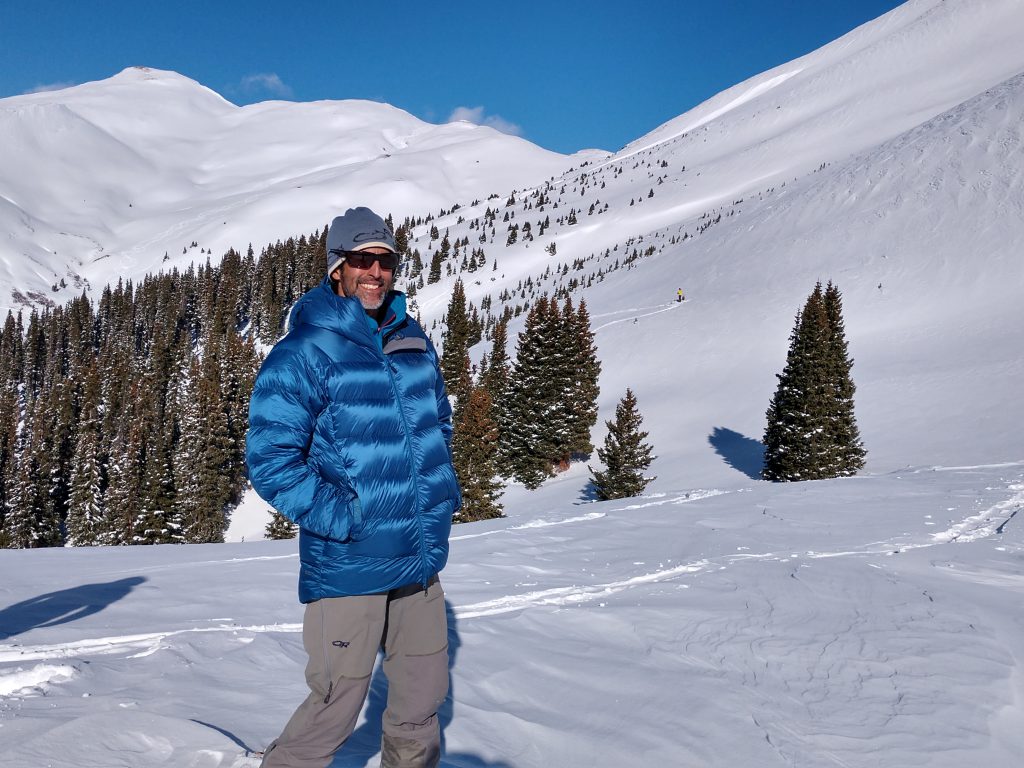
Use
Nine ounces of 800 fill power, water-resistant, and ethically sourced (RDS certified) are the main feature of this coat. No matter what the fill power is of down, how much of it is being stuffed into a jacket makes more of a difference. The nine ounces of it in the Neutrino forms a very puffy and highly insulating airspace around the wearer, while a water-resistant treated, polyurethane coated Pertex Endurance (hence the name of the piece) outer fabric keep wind and wetness at bay, albeit at the cost of limited breathability. But honestly, if it’s gnarly enough weather for you to be using this jacket while on the move, breathability is probably not your first concern. This is very much a belay or bivy-system jacket, and just from the puffiness alone, it wouldn’t be my first choice for doing anything technical while wearing it. However, I did very much appreciate wearing it while skinning from cold valley floors first thing in the morning, and a few pitches of late evening ice.
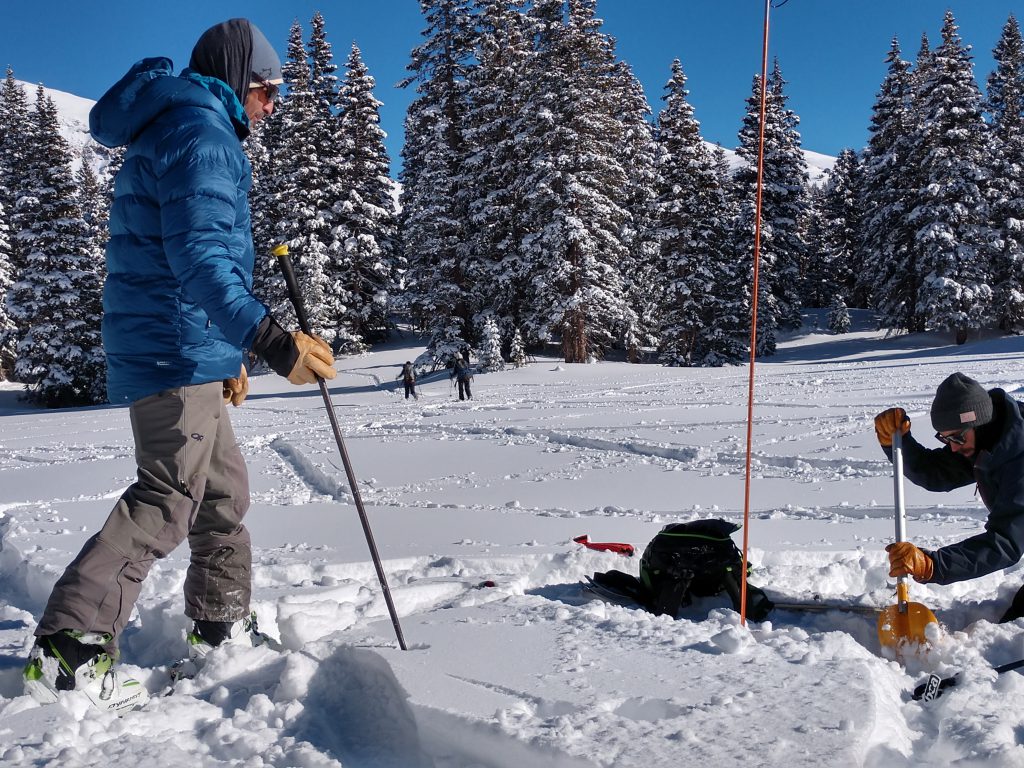

Features
Most of the features of this jacket are aimed at sealing the user from weather, and most seem designed for use with gloves on, which is a great bonus. A burly dual-slider zipper is big enough to use even with thick gloves, although like most European garments the zipper is on the “wrong” side, which can feel odd at first. Large buttons instead of tiny toggles control the hood drawstrings, allowing for quick and easy tightening and loosening of the face-seal. While the wire-stiffened brim is great, a sort of finicky hook-and-loop flap controls pulling the brim up; this system could be improved. The cuffs are great, big enough to push a watch through but seal well with a hook-and-loop closure. Big zippered handwarmer pockets are nice, but the chest pocket is interior rather than outside, so getting at my phone requires unzipping. I also would have liked interior drop-in pockets, but perhaps, I tend to think all jackets should have those.
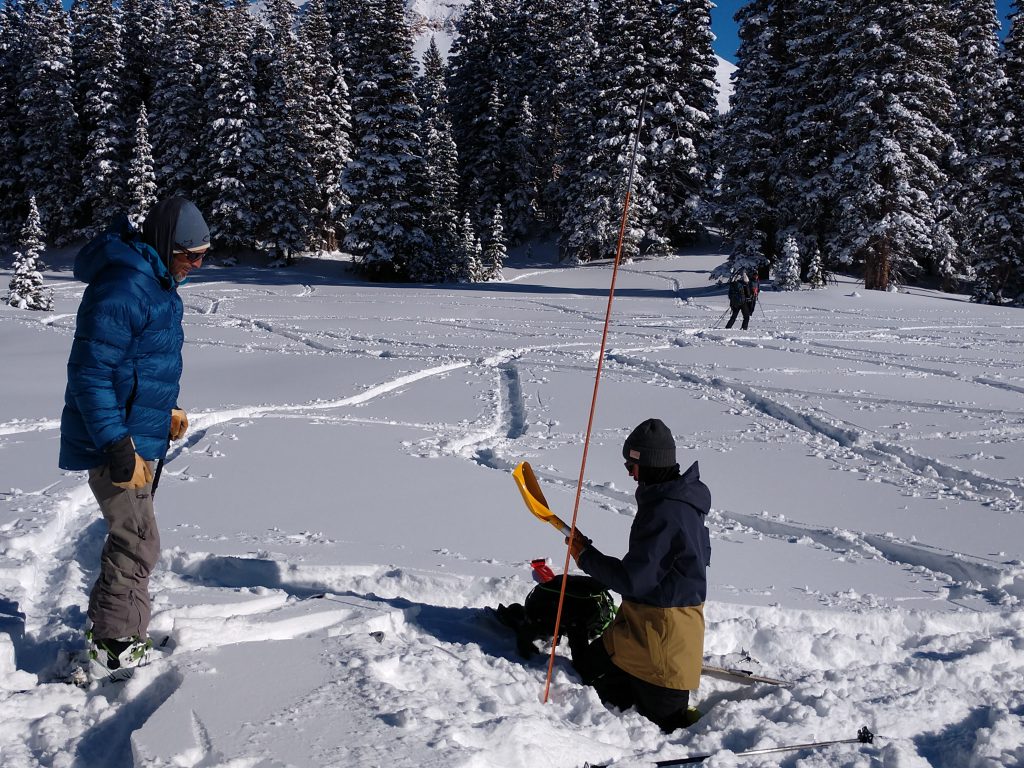
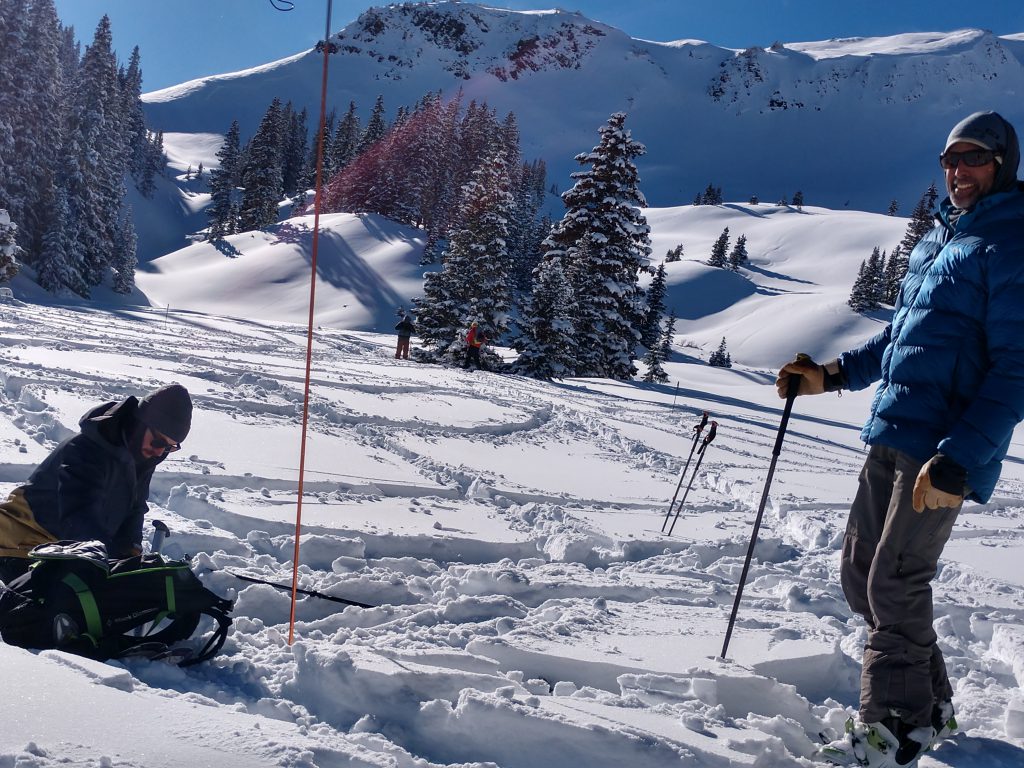
This jacket is ideal for any sort of standing around in the cold activity, and feels substantial enough to last several seasons. I quite enjoyed having it for avalanche courses, it packs down enough (comes with stuff sack that I never used) that I didn’t really notice the substantial weight (20 ounces, my measurement), but the weather resistance and longer cut of this jacket really made a big difference on a cold days. The bulk of the coat makes a pack hipbelt less effective, and that same hipbelt totally obscures the handwarmer pockets; while this isn’t a deal-breaker, it would have been nice to have these pockets higher to avoid this. However, one of the nice things about this jacket is that it doesn’t look so techy that you couldn’t happily wear it around town, and honestly, towns in valley floors are some of the coldest places in the hills.
The Final Word
A solid 4.5/5 stars for this jacket. It has enough features to feel luxurious in day to day use, but is simple enough to stay fairly light for a heavy-duty belay jacket. In several weeks of regular use and abuse I noted no down leakage, and the face fabric still looks new. Utility and durability, along with reasonable lightness make this a great piece for extremely cold pursuits.
Shop the Rab Microlight Alpine Jacket and the Neutrino Pro Jacket on Outdoor Prolink. Not a member? Apply today!
Tico Gangulee is an IFMGA Ski and Mountain Guide. He works primarily is southwest Colorado and internationally, and enjoys bouldering, IPA, skiing pow, and significant first ascents in the great ranges. Not always in that order.
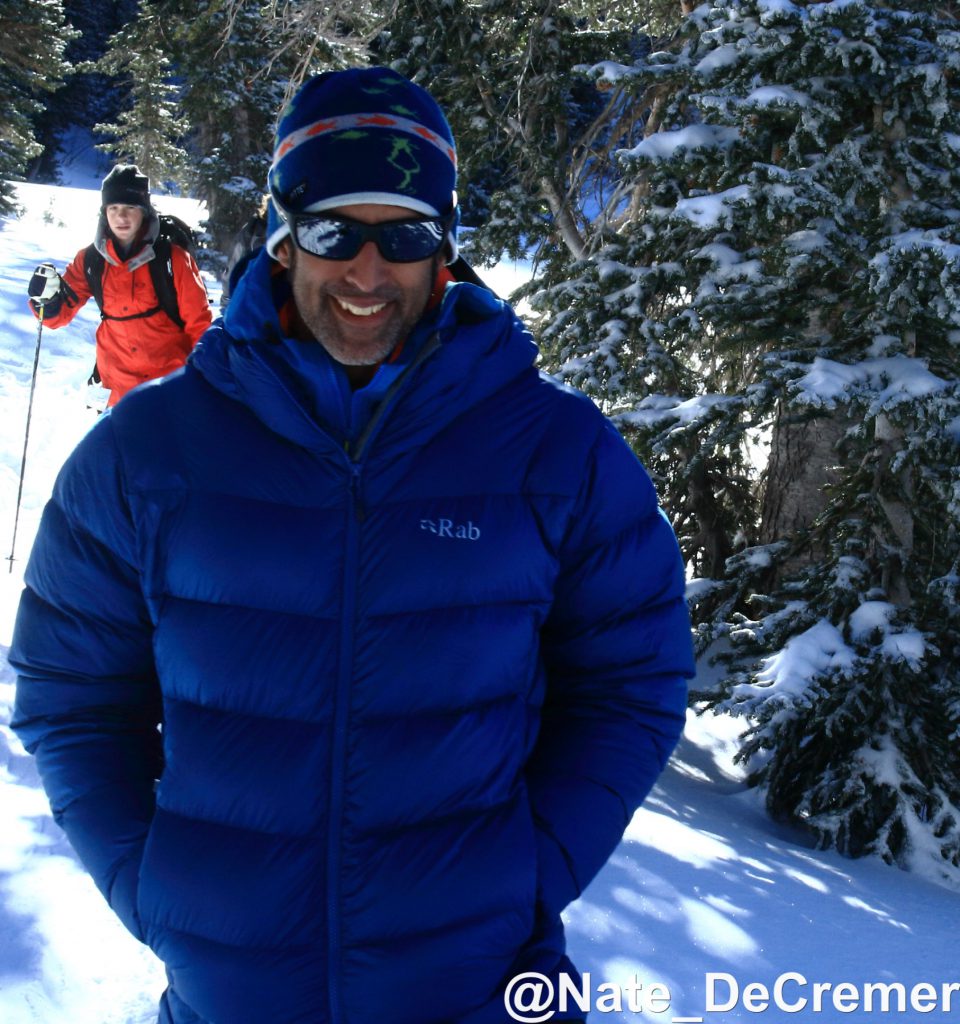

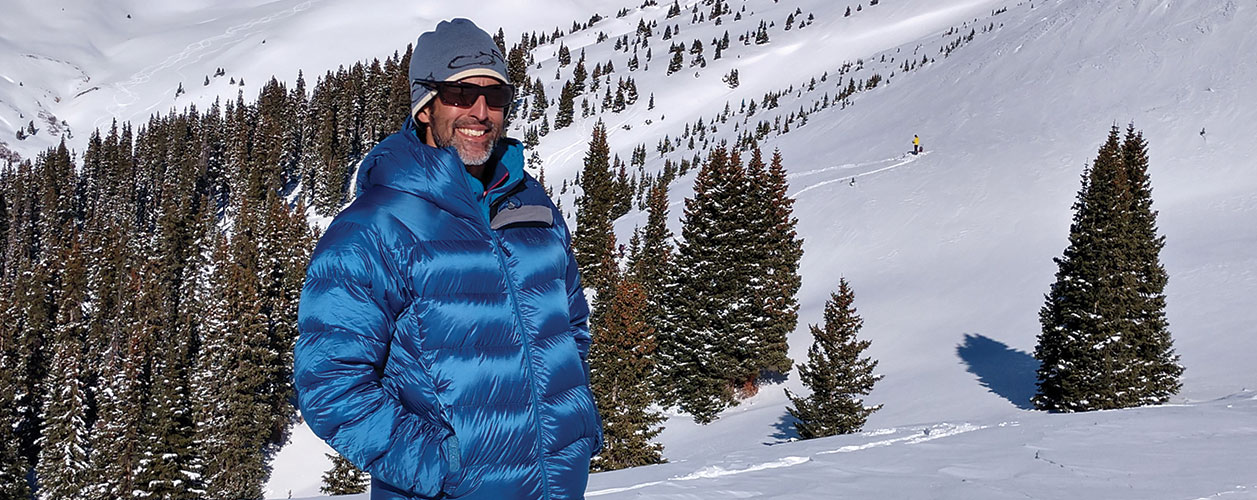
The down coat is terrible-it has a considerable band of coldness across the shoulders and is super tight at the waist . I wish I could return it
Hey Mike! We’re so sorry to hear you didn’t love this jacket. Thanks for sharing your feedback!